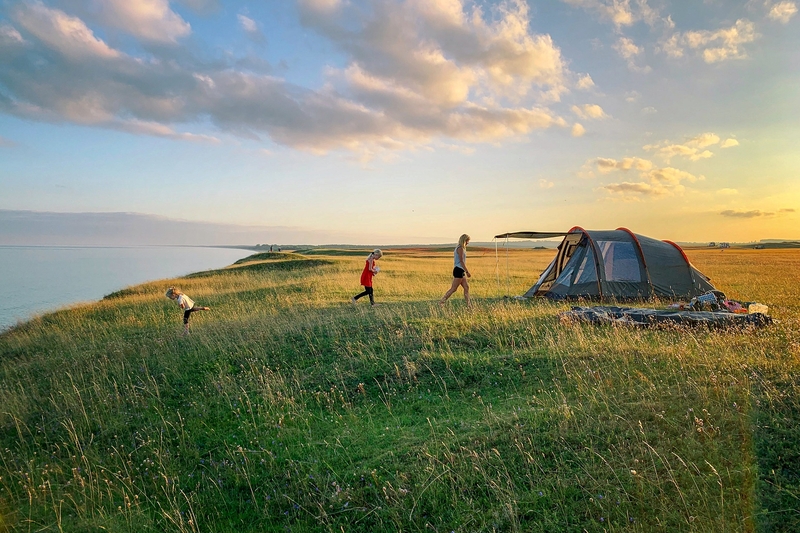Nordic Day 2022: State of the Nordic Region

The launch events will guide you through the report and some of its main findings. The report offers a unique, behind-the-scenes look at the world’s most integrated region, comprising Denmark, Finland, Iceland, Norway, Sweden, Greenland, the Faroe Islands and Åland.
State of the Nordic Region is a biannual report published and produced by Nordregio, an international research centre for regional development and planning established by the Nordic Council of Ministers.
Streaming
On Nordic Day, 23 March five events guided us through the report and some of its main findings, mainly focusing on how the COVID-19 pandemic has affected the Nordic Region from three perspectives: demographics, economics, and the labour market.
Events
Nordic co-operation during and after the COVID-19 pandemic: What now?
The COVID-19 crisis was a major challenge for Nordic co-operation. All the Nordic countries adopted an inward-looking, state-centric approach, rather than a collective and coordinated transnational response to the crisis. This particularly affected cross-border regions, where abrupt border closures and restrictions exacerbated the impact of the pandemic for families, friends and businesses.
More info and streaming:
458,000 citizens – 1.7% of the Nordic population – live in a different Nordic country to the one in which they were born. This event will look at how the pandemic affected them in terms of cross-border working and mobility
More info and streaming:
At this event, we will look at how the pandemic has affected the Nordic labour markets and discuss what they will look like in the future. We will get new insight into the scale of unemployment and short-term layoffs. The report will show that within the Nordic Region, the Faroe Islands, Norway and Denmark were the least affected – but which country suffered the greatest impact?
More info and streaming:
Four out of ten Nordic jobs could potentially be done from home if the broadband is good enough. Digitalisation has laid the foundations for a long-term shift toward remote working in the knowledge-based sectors. The option of working remotely has also resulted in more people spending time in their second homes, many of which are in rural areas.
These developments have the potential to revitalise Nordic rural areas, but such a transformation is largely dependent on improved digital and broadband infrastructures, which are essential for remote work and encouraging businesses to launch or remain in these areas.
More info and streaming:
How has the pandemic affected health and life expectancy in the Nordic countries? The report "State of the Nordic Region 2022" will reveal that, perhaps surprisingly, life expectancy for both sexes increased in Iceland, Norway, Finland, Denmark and the Faroe Islands in 2020, even though the general trend across Europe was a reduction in life expectancy. However, Sweden stands out as the Nordic country with the highest excess mortality – 8% in 2020.
More info and streaming: